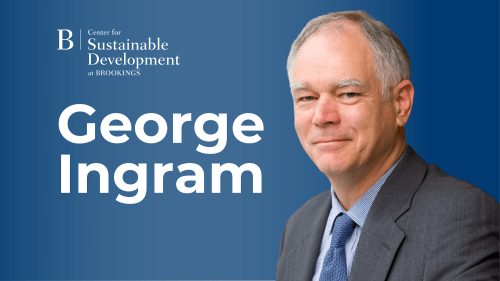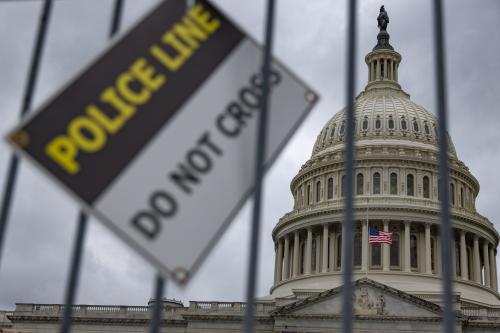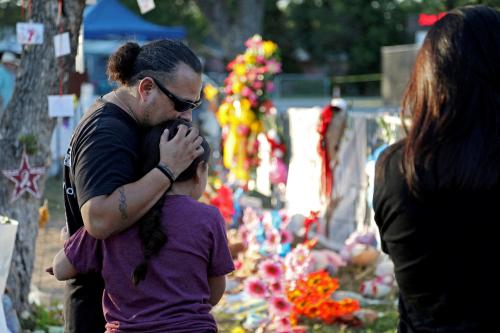The disclosure of the former Bush administration lawyer John Yoo’s “torture memo” this week was, in most senses, an exercise less in news than in archaeology. The public has long known the memo existed. And it has also known, in broad strokes, what it says: that military interrogators aren’t constrained by domestic or international law and that the president has the power to sweep statutory constraints aside anyway. The Bush administration has long since repudiated the memo. Congress some years ago passed the McCain Amendment, clarifying that military interrogators are bound by the Army’s Field Manual on interrogations. The military has cleaned up its interrogation act. America has actually made a lot of progress in this area. So for all the convulsive media attention it has received, the memo–81 pages of The World According To Yoo, circa 2003–describes a world in which we no longer live.
Yet there are at least two reasons why the memo is not merely of historical interest but seems to speak so directly to current American debates and political battles. The first is that we have yet to figure out what to do with the people the military and the CIA interrogated brutally in 2002 and 2003. The second is that while the military has made enormous strides, we have yet to decide as a society how the CIA should handle such people in the future. While almost everyone now agrees that the answer doesn’t lie in the Yoonitary vision of an entirely unimpeded executive, we have yet to forge a consensus as to either what the rules should be or who should make them. While we don’t live in Yoo’s world any more, in other words, it still casts a long shadow over us and will continue to do so until we figure out the rules we want instead.
The question about previous detainees is hard to answer. Both the military and the CIA–under the authority of memos from the Office of Legal Counsel, where Yoo operated as a kind of éminence gris–engaged in aggressively coercive interrogations for intelligence purposes in the years that followed September 11. Whether you regard these tactics as unforgivable torture or necessary toughness, fruitful or counter-productive, they have left us with a puzzle without a good solution: A group of hard-core Al Qaeda activists in custody, including the 9/11 plotters, who will be profoundly difficult to bring to trial yet whom America can never release and whose acquittal is, to put it bluntly, unthinkable.
Under normal circumstances, our justice system would likely prefer that a criminal walk free than admit evidence that was derived, even indirectly, from waterboarding a suspect or the lesser sorts of coercive nastiness that went on at Guantanamo. Yet we simply can’t do that with Khalid Sheikh Mohammed or Mohammed al-Qahtani, both of whom are now facing charges before a military commission at the base. And we won’t do it. But what then will we do? The Bush administration has only just begun answering this question this year with the 9/11 prisoners, and every aspect of its answer remains in dispute.
The question of future interrogations is even more wrenching–notwithstanding the genuinely impressive progress the military has made. The combination of the McCain Amendment and the Army’s rewrite of its field manual have largely solved the problem of military interrogations in a way that–quite magically–has made everyone happy. While coercion and physical pressure are clearly out of bounds now, interrogators have modest new flexibility in certain respects and a great deal more guidance as to what they can and can’t do to detainees. Interrogators I have spoken with are pleased. So are human rights groups. It’s one of the great, largely unsung successes of the legal battles over counterterrorism.
But it’s incomplete. The residual question–what the rules for CIA interrogators should be–is a narrow one affecting a small group of the highest-value detainees. CIA Director Michael Hayden has testified that fewer than 100 people have passed through the agency’s secret prisons program since the advent of the war on terror; that only about a third of these people have required enhanced interrogation techniques of any kind; and that only three of that subset required the most dramatic tactic: waterboarding. The remaining dispute, in other words, involves a tiny corner of the larger interrogation question: whether the baseline rules for the CIA should be the same as the baseline rules for the military, and how far agency interrogators can go in breaching those baseline rules in the most extreme of circumstances.
But this is a question that truly tests our core values. Are we opposed to all coercive interrogation as a matter of principle? Or does our opposition involve a strong norm that tolerates, one way or another, certain exceptions? If the latter, when do we tolerate these exemptions? With what kind of coercion? With what kind of oversight? And perhaps most critically, who decides?
You don’t have to be John Yoo to ask these questions. In fact, Yoo and his ilk don’t need to ask them. If the president can ignore the law and do whatever he deems necessary, they answer themselves. But once we decided as a society to cast the Yoo memos aside, we could no longer avoid answering them. And until we do so, the memos will retain a contemporary importance. They are what we’re moving from, but as yet, we do not know what we’re moving to.
Right now, we’re at something of a stalemate over that. Congressional Democrats have passed an ill-conceived effort to apply the Army Field Manual to CIA interrogations–a bill that reflects a misunderstanding both of the different institutional needs of the agency and the military, and of the considerable space between what the field manual permits and what the law might reasonably tolerate. Bush’s veto of the bill, with Yoo’s shadow looming, accepted the need for no additional legal restraint on the agency and proposed nothing in its stead. In my forthcoming book, I suggest an alternative predicated on tightening the baseline rules for CIA interrogations while permitting certain deviations from those rules in the highest-stakes cases, with the highest level of political accountability and detailed disclosures to Congress.
One way or another, the current situation is unacceptable. We ask interrogators to live their professional lives on the edge of illegality, yet we refuse to define the line of legality in any terms other than the broadest of generalities: Don’t inflict severe pain or suffering, don’t do anything cruel, inhuman, or degrading. If interrogators refrain from any interrogation tactic we later decide–with knowledge of the consequences–we would have preferred they use, the next 9/11 Commission will condemn it as a missed opportunity to have prevented a devastating attack. If they take the opportunity, however, they risk being branded as war criminals and society’s retroactive insistence that whatever intelligence they garnered was flawed by definition (because nothing useful can ever come of torture, after all) or that it was obtainable by gentler means. It is a no-win situation from which we have an obligation as a society to relieve those we ask to man the barricades against Al Qaeda.
We talk about John Yoo in large measure because it’s easier, because his position–that meaningful legal restraints don’t exist at all in the face of presidential will and need–is laughable, and by a kind of transitive principle, we can use that laughter to make our current problems seem easy too. But they’re not easy–no easier for a President Obama or Clinton than for a President McCain. And Yoo cannot distract us from our real problems forever.
The Brookings Institution is committed to quality, independence, and impact.
We are supported by a diverse array of funders. In line with our values and policies, each Brookings publication represents the sole views of its author(s).



Commentary
Op-edJohn Yoo Interrogation Memo
April 5, 2008